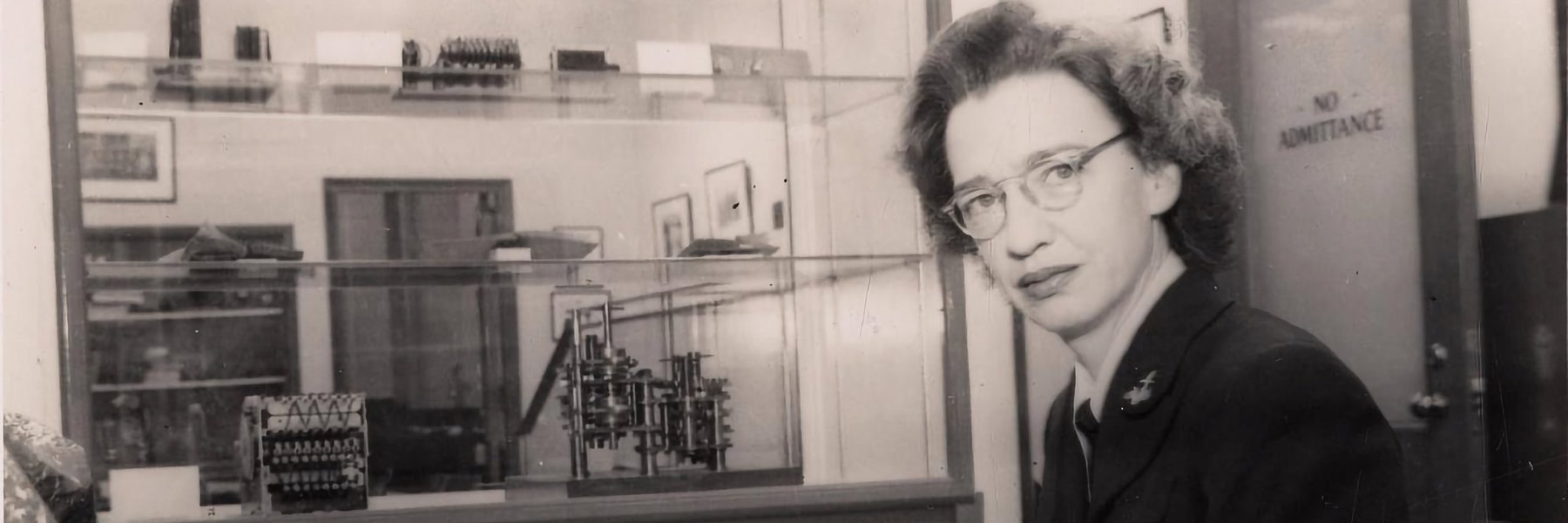One hundred ten years ago today, the entity we now know as the Federal Bureau of Investigations was founded when Attorney General Charles Bonaparte, in response to a Congressional ban on the Justice Department’s use of Secret Service agents for investigations, created a “special agent force” with President Theodore Roosevelt’s blessing. Despite never having any legal charter governing what the Bureau can or can’t do, the FBI has nevertheless become a constant in everyday American life, featured in everything from movies and television shows to at least a half dozen Twitter threads going on at this exact moment.
Indeed, brand management through selective memory has been a core part of the FBI’s mission dating back to the days of Director J. Edgar Hoover, and it’s in no small part responsible for the Bureau being able to weather scandals such as, say, encouraging Martin Luther King, Jr. to kill himself, only to then get away with tweeting about how inspiring King was a few decades later. The goal of the Subjects Matter: FBI Files project is to create a historical record of the Bureau’s activities independent of their editorializing, so that we, on our own, can determine what the FBI was doing and why they were doing it, and decide if that’s the kind of thing we want being done in our names.
To that end, we’re celebrating the Bureau’s birthday with a look at five different ways MuckRock users have used FOIA to shed light on the FBI’s 11 decades of skulking around in America’s shadows.
5. Unearth rare photos of the Bureau’s early days
Photos released to Matthew Guariglia depict the FBI at work in the ’30s, including one of a young Hoover sitting at his desk.
4. Evaluate early investigatory techniques
A 1947 memo outlining FBI investigatory techniques released to Michael Morisy shows that several of the so-called “scientific approaches to crime solving” touted by Hoover were in fact just playing off of gross ethnic stereotypes or, at the very least, deeply creepy.
3. Getting the Bureau’s literature back in print
A request by Conor Skelding led to the release of hundreds of pages of Bureau material on the dangers of Communism, including this pamphlet intended for Spanish-speaking audiences.
2. Finding out what the FBI wants forgotten
Communications released to Brandon Smith document the Bureau’s involvement in the creation of the permanent “Inside Today’s FBI” exhibit at the Newseum in Washington, DC, including significant pushback against even mild criticism of FBI activity.
1. Contribute to our Subjects Matter timeline
Our interactive timeline pulls from FBI files released through FOIA to track the Bureau’s investigations over the years.
With our new assignment tool, you can add to the project by letting us know who you want us to file for next (the deceased only, please). And if you want to help ensure this work continues, consider donating to the crowdfund below, or purchase of copy of our book Writers Under Surveillance, out in September from MIT Press. As always, thank you for your support.
Image via FBI.gov




